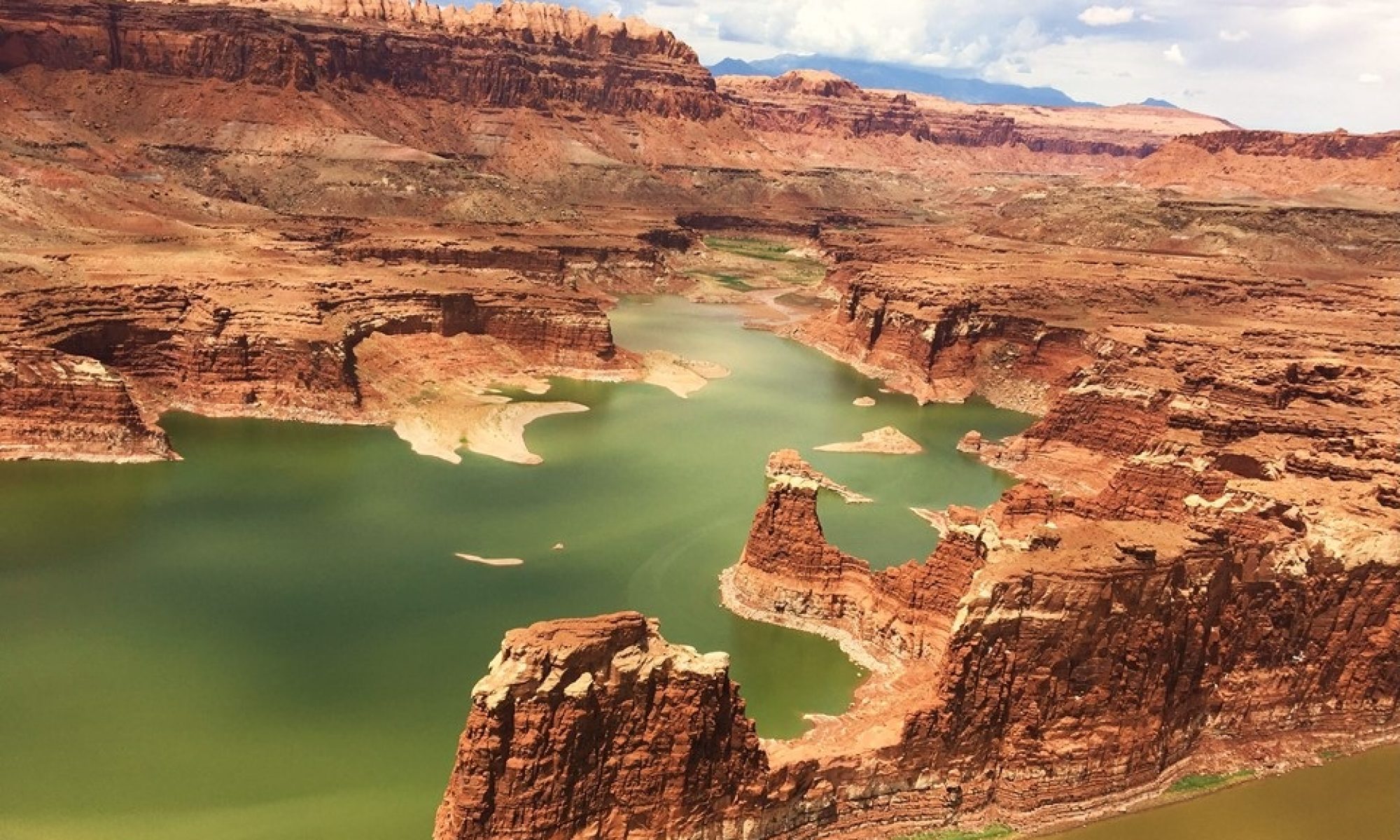Erfoud & The Sahara Desert
Thursday morning, after breakfast, we boarded our bus for the long trip south, across the Atlas Mountains, to the town of Erfoud. Along the way, we continued to learn about the country and how it negotiated its independence from France in 1944, but with a number of conditions, including giving France the first option for the country’s contracts and access to its minerals for the next century! As we leave Fes, we begin to see the climate becoming drier, and we spot our first camel herds and see signs for purchase of camel milk. As we climb the Middle Atlas Mountains and pass the town of Seffrou, there are orchards of apples and cherries, and an amazing number of fruits and vegetable being grown, along with the ever-present olive trees. We soon cross over into the National Forest, which is brimming with juniper, pine, oak, and cedar trees. The Park had historically been home to elephants, lions, and gazelles, but today only boasts boar, deer, fox and the seldom seen Barbary apes (monkeys).
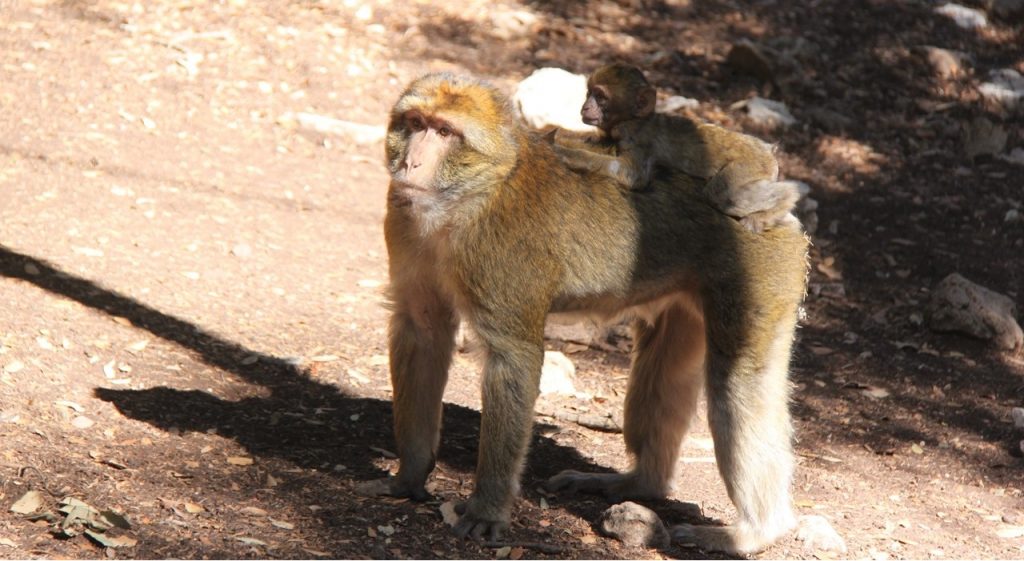

This part of Morocco also serves as its snow-skiing capital with towns of A-frames and chalets. We stop at the center of this activity in the town of Ifrane, where we shop briefly and have a mid-morning coffee. From here, our trip south will take us over a 6000ft-high pass and deeper into the Berber communities. Along the way, we spot a family of traditional nomadic Berber herders and stop to ask them if we can visit briefly. The mother answered our translated questions and gave us a tour of her home – a wood/plastic and dirt hut with separate food preparation buildings. The father was away tending the herd, but mother, Amine, and her 3 children 11, 7, and 2 years of age, and mother-in-law, were very interested in us. We learned of their difficult lives as nomads, and of the importance they ascribed to getting their kids to school. The youngest boy was still dressed from his recent circumcision ceremony, and they were proud to show us their lifetime collection of china, rugs, and blankets.
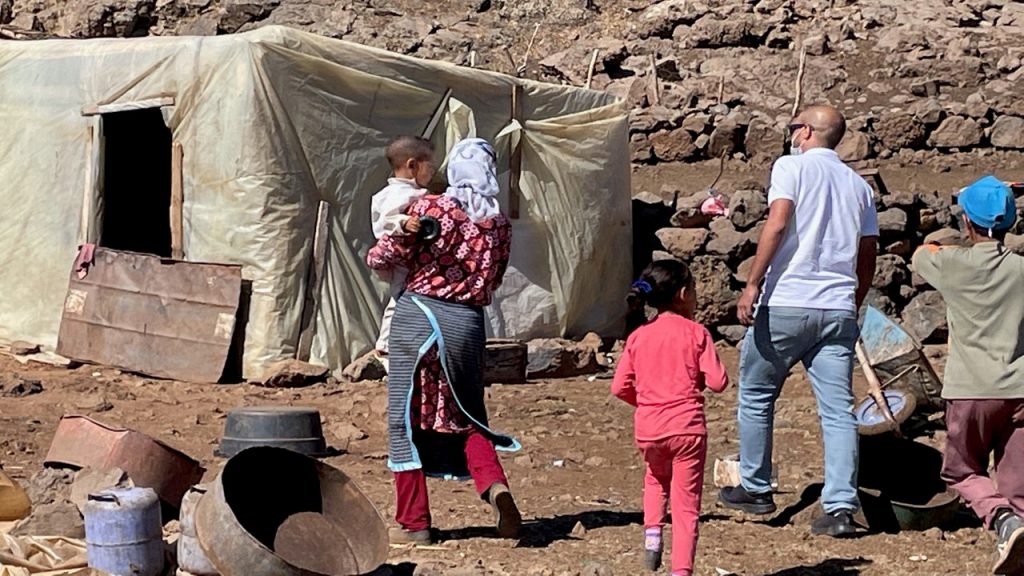
After that we continued to the town of Midelt, the apple capital of the country, to have lunch. Our lunch was farm-raised trout from the Middle Atlas Mountain streams in a restaurant called Kasbah Taddart.
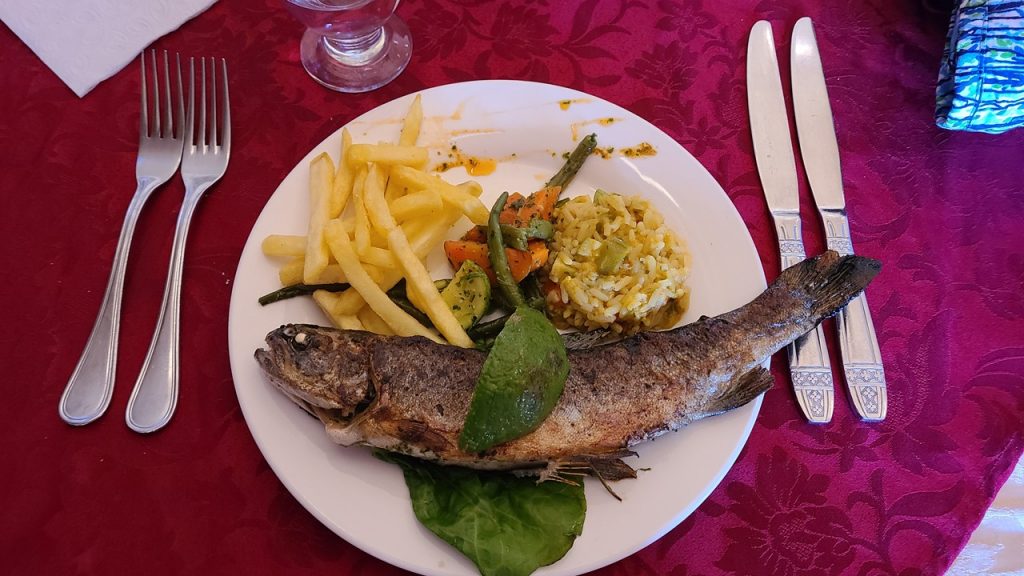
After lunch, we continued our journey over the Atlas Mountains, passing a series of military training bases and a growing number of wind farms. In 2019, Morocco responded to the growing Algerian threat by calling up men aged 17-25 for military service, and optionally taking women, as well. However, when the women recruits exceeded the men, the 300,000-person goal was easily met. We drove along the Ziz River and through the Ziz valley, widely known for extensive date palm tree groves and saw the devastating effects of the recent fire that had swept the area. This area is particularly known for its Majhoul dates, considered to be the sweetest and best dates of all the varieties. However, the fire completely wiped a significant number of local growers.
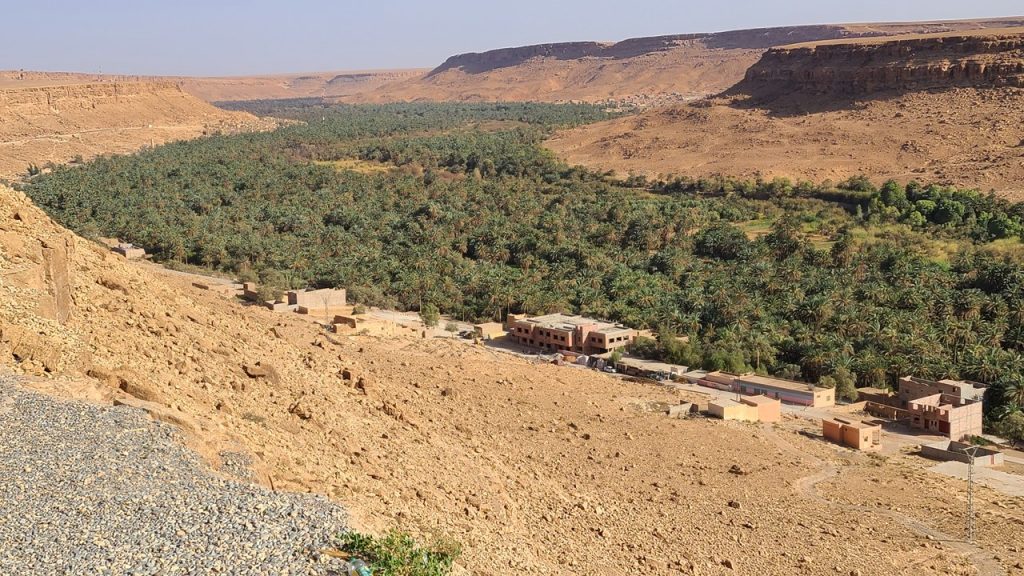
We continued into the town of Erfoud to walk through the town and to stay the night after our long journey. Exploring the town, we went through the date markets and tasted different types of dates. After that, we checked into our hotel, the Erg Chergui, which was a huge, 200-room complex with a beautiful, central, outdoor swimming pool, and of which we were the only guests there. The buildings were made conforming to the traditional type of building in the south of Morocco, and modeled after a Kasbah – e.g., a fortified house. As for the name “Erg”, it means the “sand dunes” in Berber, and is very appropriate since Erfoud is situated as the “entrance” to the Sahara Desert. That night we enjoyed salads with a kefta tagine and jawhara dessert before watching the qualifying match between Morocco & Sudan soccer teams on television.
Friday morning, we boarded our bus and traveled a very short distance to the Macro Fossils Kasbah, a local factory of fossils located on the outskirts of Erfoud, where we learned about the Moroccan Fossils and black marble that are mined from the surrounding area
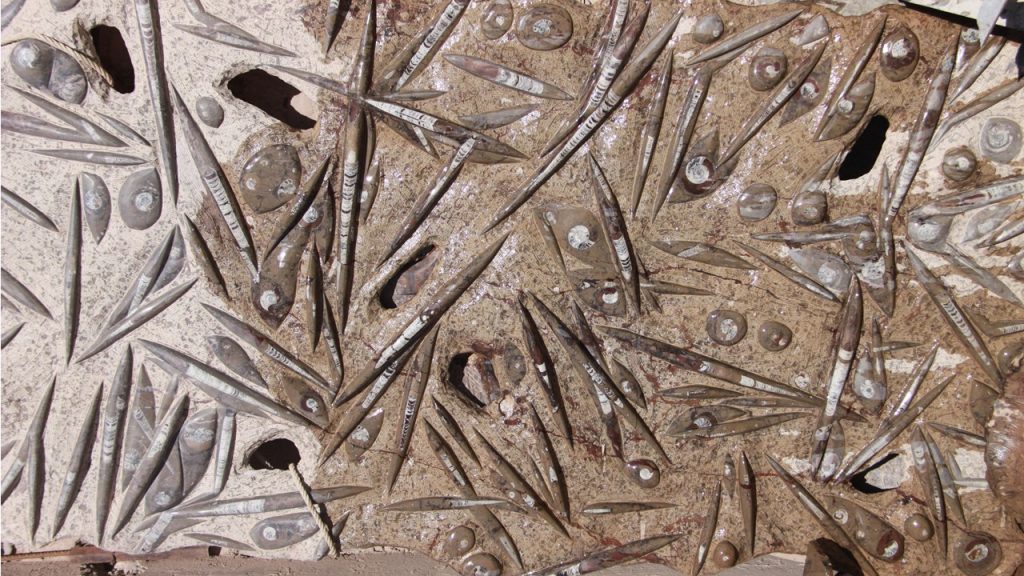
Here, we also switched transportation from our bus to two 4-wheel drive SUVs and continued our journey towards the dessert until we came to the small town of Rissani. Here we did a walk around the local market of the area before visiting with Ahmed who runs a shop that sells scarfs and garments for the Sahara. We took the opportunity to purchase traditional desert djellabas (gel-al-bahs – tunic-style outfits that reach the ground) and long Tuareg scarfs that can be hand tied onto our heads in the tradition of Berber Turbans.
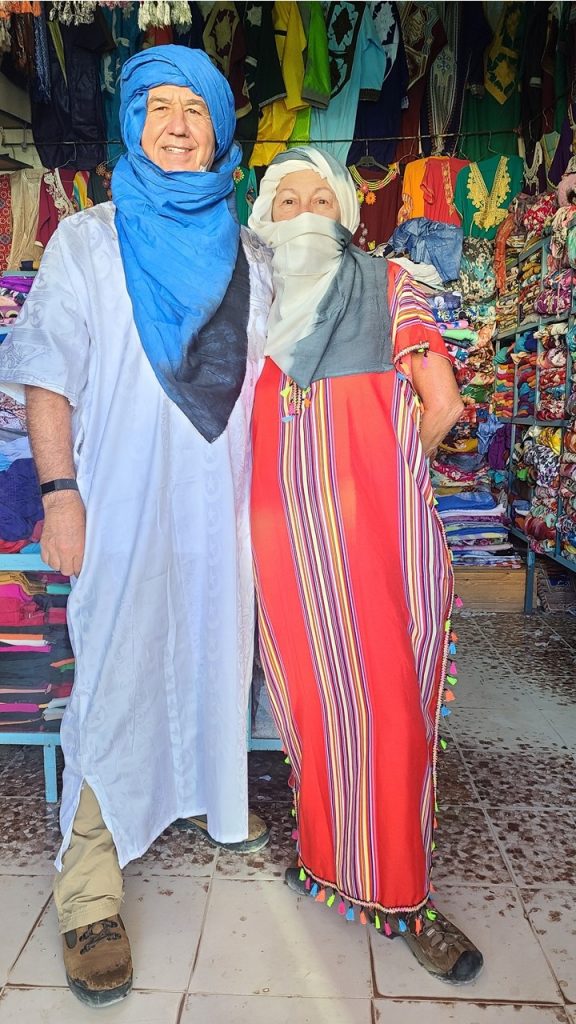
Then we went through the sand dunes to reach our tented camp where we settled in and had a lunch of barbecued ground beef. Our tents were permanent tent-structures with separate, internal bathroom and shower “pods”, electricity, and a single fan. Rocky took the occasion to wear his new desert attire and explore the dunes near the camp, where he came across a small, irrigated date farm, and a camel herder with his 4 grazing camels.
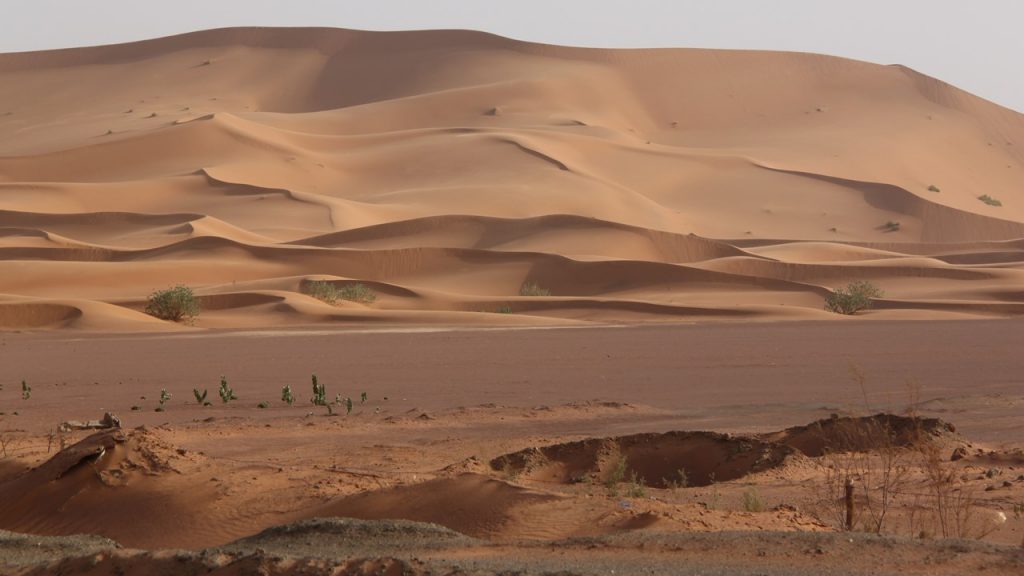
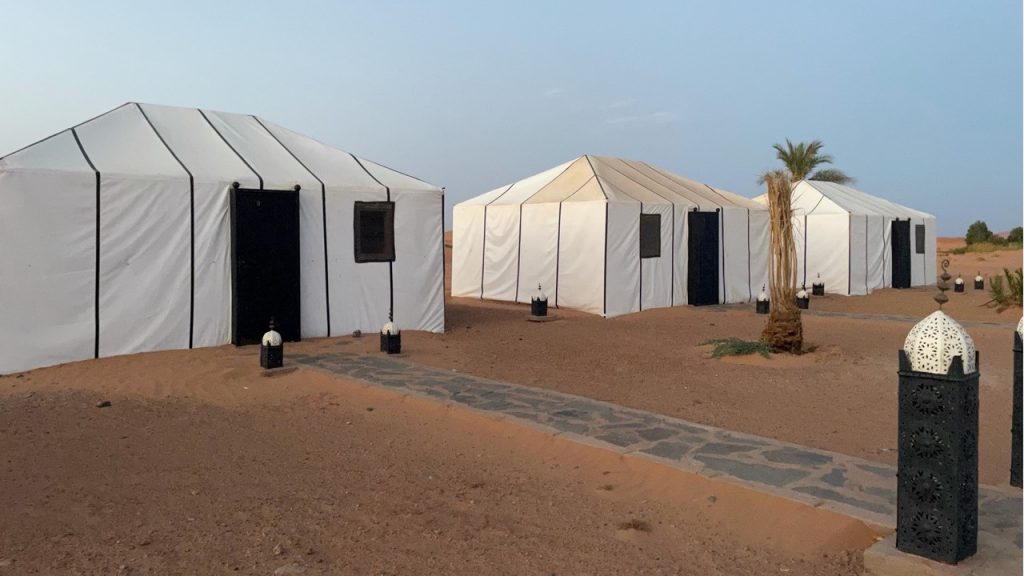
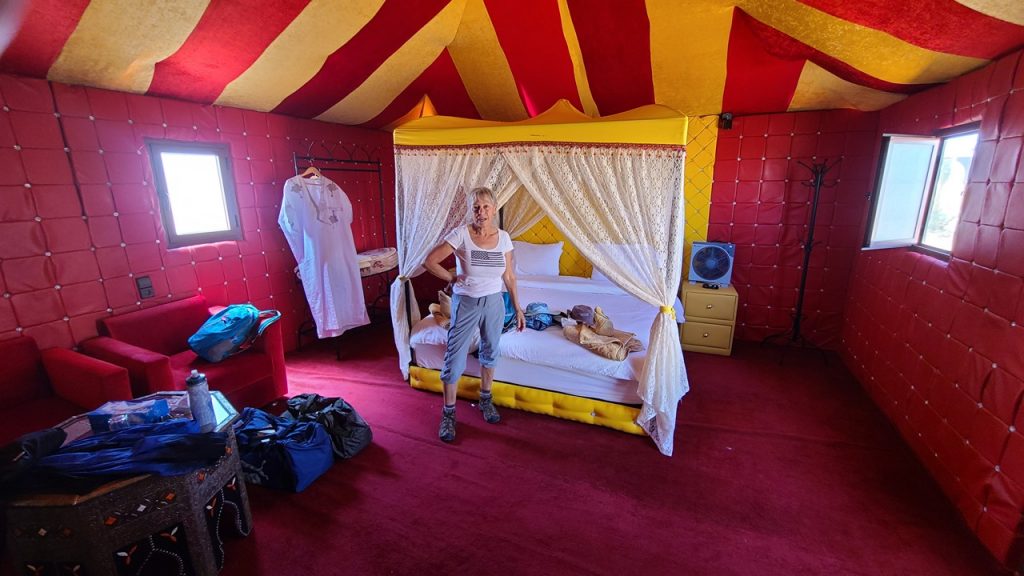
After a short rest, we traveled to a nearby farm where we met with the owner’s son. He took us around the farm explaining to us how they hand-dug their water wells and showed us their irrigation system that connects a series of pipes and channels to deliver water to their date palm trees. He also explained to us how they pollinate the palm trees by hand to insure the most robust harvests.
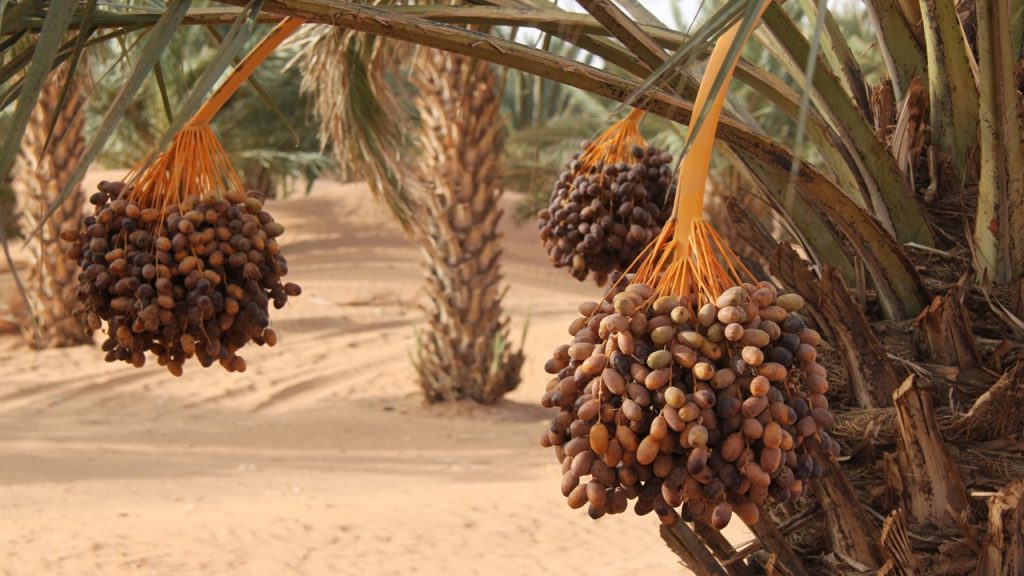
Upon returning to the tented camp, we assembled at the Dining Tent for a demonstration in preparation and cooking of our traditional Friday couscous tagine dinner. We then traveled out onto the dunes and climbed up onto them to gain vantage points to watch the sun set in the West. After a golden sunset and our couscous tagine dinner, we enjoyed the peacefulness of the desert in camp and took pictures of the Milky Way Galaxy displayed clearly in a cloudless dark sky.
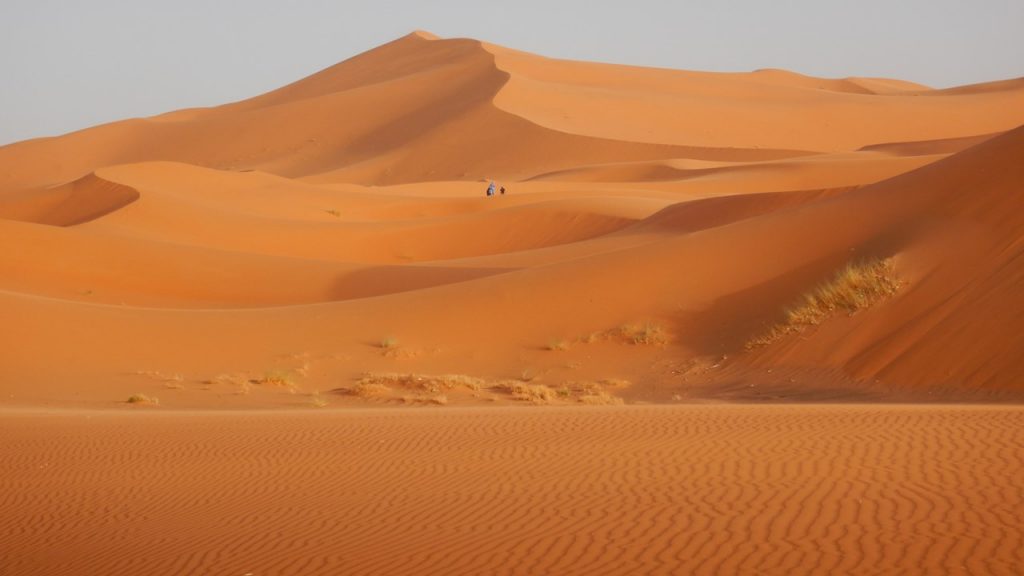
Saturday was a day to explore the Sahara sand dunes. We got up early to drink our coffee and watch the sun rise over the Eastern dune-line, and then we had breakfast. After breakfast, we climbed into our 4-wheel-drive vehicles and made the brief drive to the sand dunes of Erg Chebbi. Here we climbed upon our camels and began a thrilling journey over the endless dunes. The camels were extremely well behaved, and their ability to balance and remain stable while descending an avalanching sand dune was truly remarkable. Their footpads actually expand out while being placed upon the sand’s surface, giving them a large, stable platform while carrying their load.
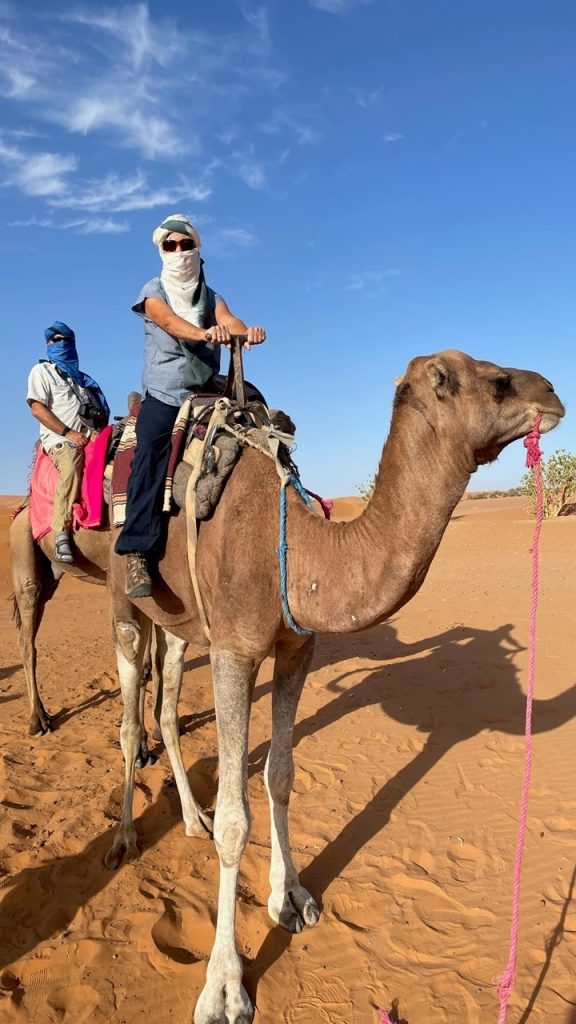
After our 90-minute camel-ride, we got back into our vehicles and drove off into the desert to a remote Berber Nomad’s home. Along the way, we stopped to visit a local Berber cemetery and learn about the Moroccan way of burying people – quickly, unadorned, and with their heads towards Mecca. The nomad, Amar, and his family, lived in a small adobe home with a large tent-tarp propped up for daily life and to receive visitors. He had lived there for 8-years with his son, daughter-in-law, her sister, and his 2-grandchildren, (plus another on-the-way). They entertained us under the tent, (his son was away tending the goat herd), on carpets and rugs, with tea and cookies, while we asked questions about their daily lives. The oldest grandson was 10 years old and was eligible for free schooling, but the school was so far removed from them, he would have to live at the school during the week to attend. This arrangement was briefly tried but was too disruptive to continue. Therefore, the family was considering moving closer to town to give him a chance at a better life. This value placed upon education was universal across the country, and it is driving a rapid urbanization of Morocco, as families flock to cities where education and opportunity are available.

After we thanked our nomadic hosts, we headed to the town of Khamlia where we visited with the Gnawa musicians who teach and perform Berber music on traditional instruments. Much of this music dates to the 6th-century from Berber nomads in the regions of Mali, Mauritania and Guinea.
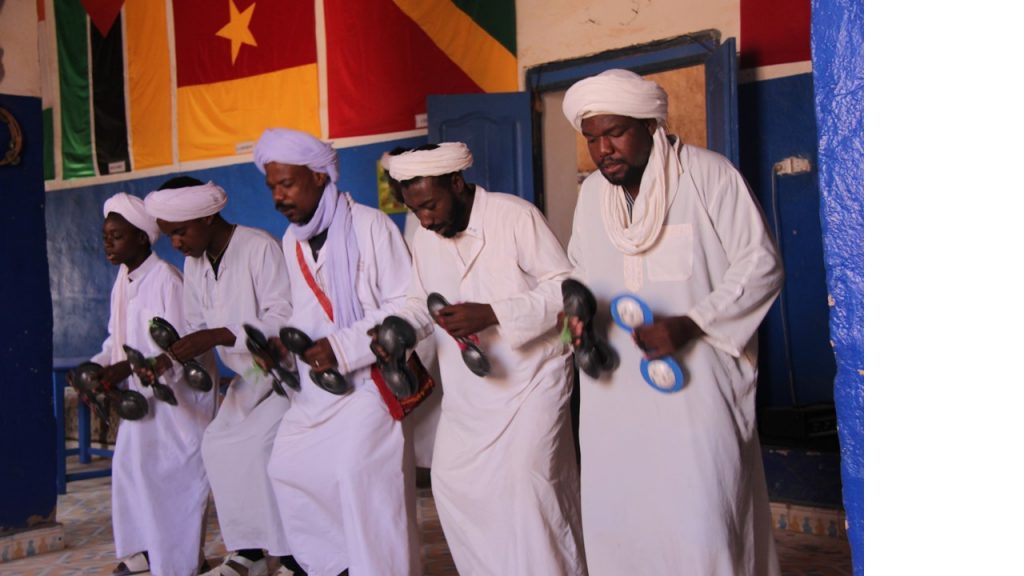
After the performance, we returned to our tented camp for a lunch of turkey skewers. After lunch, we relaxed and discussed more about the Islamic Religion, (“Islam” translates to “peace”), and its differences and impacts across the Northern Africa, Middle Eastern, and southern Asia regions. We learned that their teachings of the Koran begin at ~14-years-old, and we learned briefly of the 5-tenants of Islam – Bearing witness to one God, Prayer, Alms to the poor, Fasting at Ramadan, and Pilgrimage to Mecca. We also learned a bit about the differences between Sunni and Shiite sects. That afternoon, the temperature reached 108-degrees Fahrenheit, and we decided to return to a small resort in a nearby town to take advantage of their swimming pool and hospitality. The relaxing afternoon was just what we needed before heading back to our camp for dinner. That night, we dined on a specialty of the Sahara called El Madfouna or the “Berber Pizza”. El Madfouna is stuffed bread with spice and ground beef inside and it was delicious. After dinner, we gathered with the camp’s staff around a campfire playing the drums, dancing, and enjoying the pleasant evening air.

